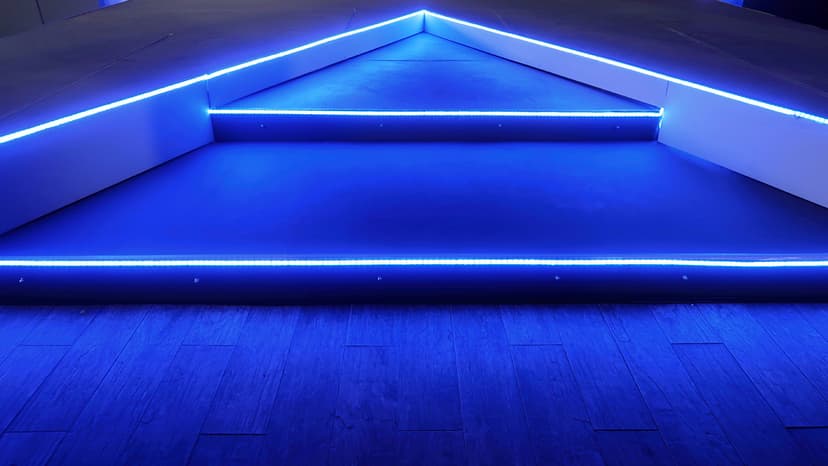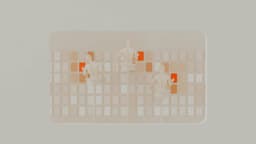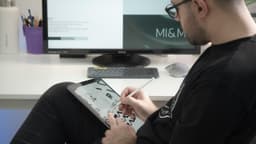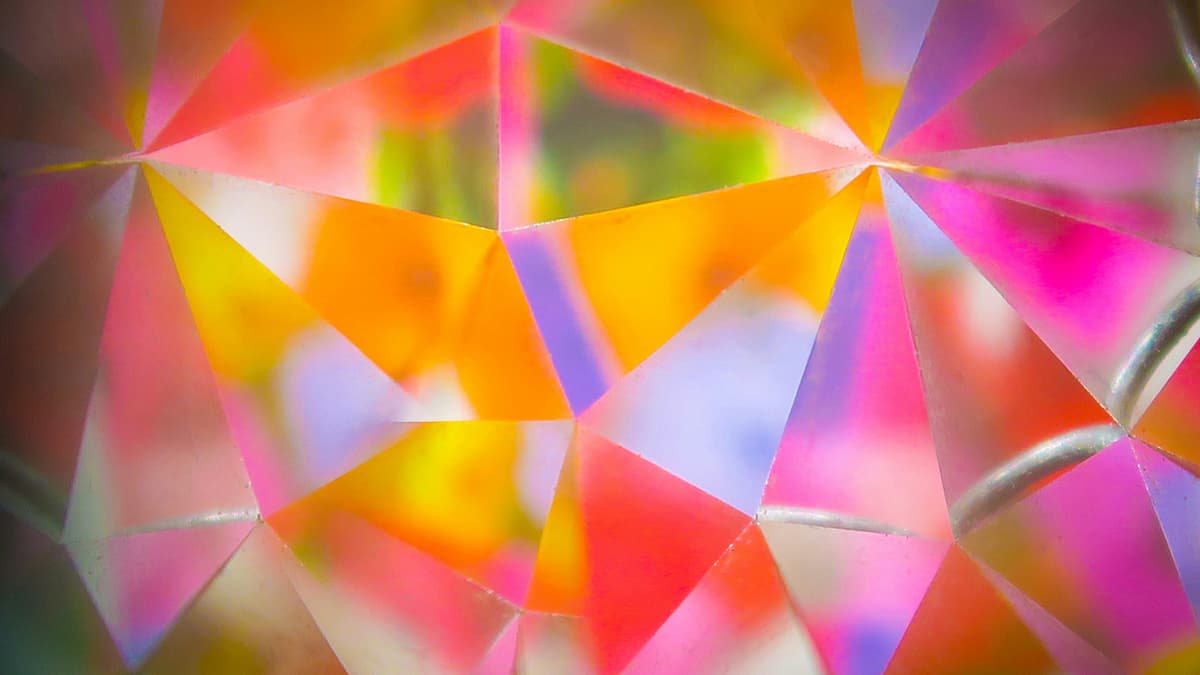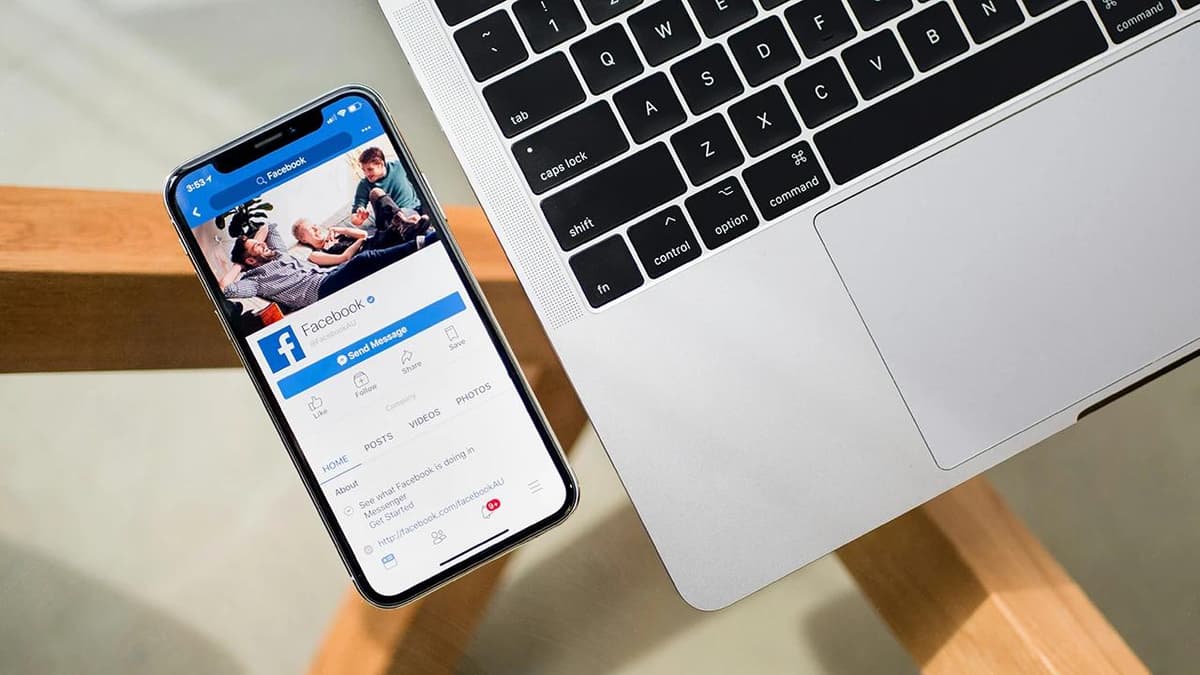Decoding the Mysteries of Hex Colors to Enhance Your Design Palette
Hexadecimal colors have become a fundamental aspect of digital design, providing a vast array of shades and hues at our fingertips. However, for many individuals venturing into the world of design, the concept of hex colors can be just as perplexing as it is intriguing. The common question that arises is: "What exactly are hex colors, and how can I incorporate them effectively into my designs?"
Understanding the Language of Hex Colors
Hex colors, short for hexadecimal colors, are a method used to represent colors in web design and digital media. The term "hexadecimal" refers to a base-16 numbering system, which is comprised of 16 characters (0-9 and A-F). In the realm of hex colors, these characters are used to define the intensity of red, green, and blue (RGB) values.
To break it down further, a hex color is essentially a six-digit code preceded by a hash symbol (#). Each pair of digits within the code corresponds to the intensity of one of the RGB colors. For example, the hex code #FF0000 represents pure red, where FF denotes the maximum intensity of red, and 00 signifies no green or blue presence.
Unraveling the Code: How to Decode Hex Colors
Deciphering hex colors may initially seem like decoding a cryptic language, but with a bit of guidance, you can unlock a world of color possibilities. Understanding the structure of a hex code is the first step towards mastering its application in your designs.
Let's consider the hex code #3498DB. Breaking this code into its RGB components, we have:
- Red: 34 (decimal) = 52 (in base-10)
- Green: 98 (decimal) = 152 (in base-10)
- Blue: DB (decimal) = 219 (in base-10)
By converting these hexadecimal values into their decimal equivalents, we can visualize the color represented by the hex code #3498DB as a vibrant shade of blue.
Embracing Color Harmony with Hex Codes
One of the key advantages of using hex colors is the ability to create harmonious color schemes that resonate with your design objectives. By understanding the principles of color theory, you can leverage hex colors to evoke specific emotions and convey messages effectively through your designs.
For instance, complementary colors, which lie opposite each other on the color wheel, can be achieved by selecting hex codes that balance warm and cool tones. Websites like Adobe Color Wheel offer interactive tools to help you explore various color combinations and generate corresponding hex codes for your projects.
Incorporating Hex Colors into Your Design Workflow
Now that you have demystified the language of hex colors, it's time to integrate them seamlessly into your design workflow. Whether you are designing a website, creating digital artwork, or customizing your social media graphics, harnessing the power of hex colors can elevate the visual impact of your projects.
In CSS (Cascading Style Sheets), hex colors are commonly used to define the color properties of elements within a webpage. Here's a snippet of CSS code showcasing how hex colors can be implemented:
Css
By incorporating hex codes within your CSS stylesheets, you can customize the aesthetics of your website and achieve a cohesive visual identity that resonates with your brand.
Elevating Your Design Palette with Hexadecimal Brilliance
As you delve deeper into the realm of hex colors, you will discover endless possibilities to amplify the visual appeal of your designs. Whether you are crafting a minimalist interface or a vibrant illustration, the versatility of hex colors empowers you to unleash your creativity and captivate your audience.
With a newfound understanding of hex colors and their significance in design, you are equipped to wield the language of colors with precision and finesse. Embrace the artistry of hex colors, experiment fearlessly, and watch as your designs come to life in a symphony of hues and shades.

